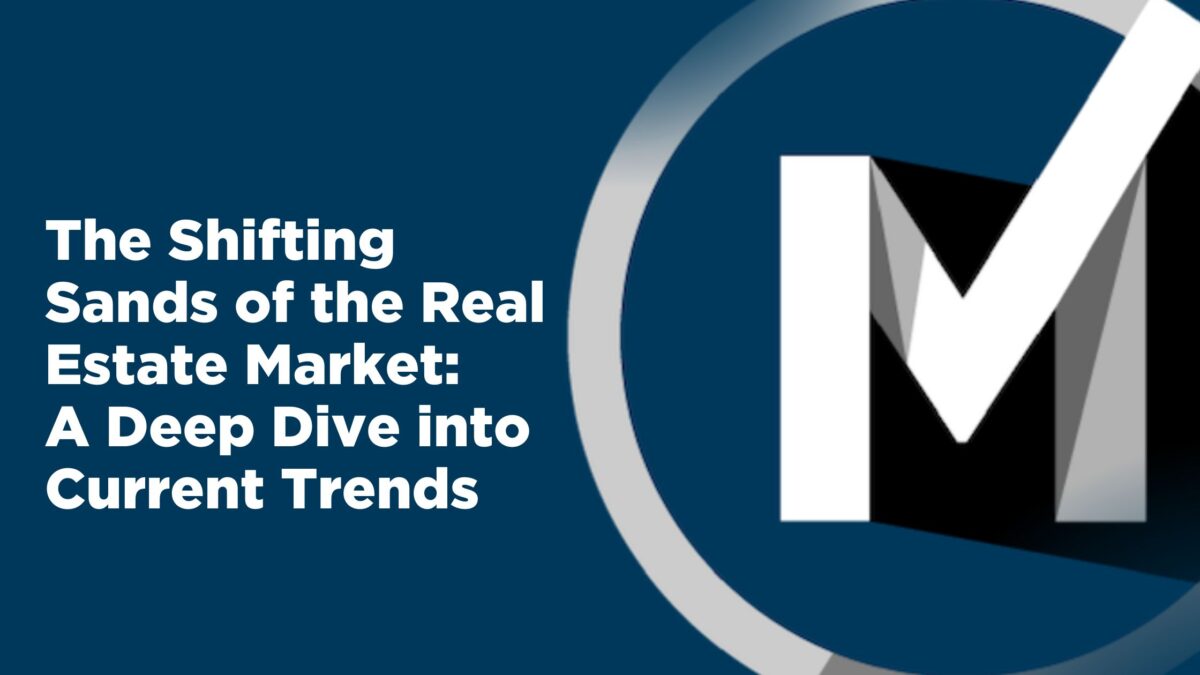
The Shifting Sands of the Real Estate Market: A Deep Dive into Current Trends
In the ever-evolving narrative of the American real estate market, recent observations have cast a light on the changing dynamics that could signal a departure from the previously unyielding trend of low inventory and consistently high demand. The video crucially highlights a return to pre-pandemic levels of active listings in key markets, a phenomenon that sharply contradicts the media’s portrayal of the housing sector. Particularly intriguing is the current state of once-booming regions such as Florida, which now grapple with an inventory overflow, further exacerbated by builders’ aggressive, yet unmet, speculative ventures.
Inventory Surge: A Closer Look
The nationwide increase in active listings, marked at over 26.6% year-over-year, presents a nuanced picture. Despite this spike, the total inventory still lurks 16% below the figures seen pre-pandemic. This mixed bag suggests a shift towards buyer advantage, but with regional disparities. States like Arizona, Colorado, and notably Florida, have seen their inventory levels match or even exceed those before the pandemic thrust the market into a frenzy. The consequences of this shift are manifold, affecting not only market dynamics but also the broader economic fabric, from builders facing unprecedented uncertainties to potential buyers navigating a complex landscape of choice and affordability.
Florida’s Market: A Case Study in Complexity
Florida, with its varied and volatile market, stands out as a vivid example of how localized factors such as natural disasters, regulatory changes, and economic fluctuations can intertwine to reshape the real estate landscape. It’s a stark representation of the broader trend across the Sun Belt, where states that enjoyed a pandemic-induced surge in demand and prices are now witnessing a rebalancing act, ushering in cooler markets and, potentially, more buyer-friendly conditions.
Market Implications and Forward Look
This recalibration raises critical questions about the future trajectory of the housing market. Is this apparent shift towards a more balanced market merely seasonal, or are we witnessing the foundational stages of a more profound change that leans towards buyer advantage? The coming months will serve as a litmus test, especially with indicators like new home sales, builder sentiments, and mortgage interest rates being crucial barometers of market health.
Economic Underpinnings and Market Predictions
Beyond the immediate figures and trends lies a complex web of economic relations. The video sheds light on potential cracks in the labor market and the persistent issue of affordability, which could significantly influence future market dynamics. As inflationary pressures persist and the gap between buyer capacities and seller expectations widens, a more substantial market correction might be on the horizon, adjusting prices to more sustainable levels.
Concluding Thoughts
The narrative unfolding in the American real estate market is one of change, uncertainty, and adaptation. The coming period will be telling, with crucial indicators pointing towards whether this is a temporary blip or a more lasting shift towards a buyer’s market. For investors, homeowners, and potential buyers alike, staying informed, nimble, and cautious will be key in navigating the shifting sands of the market.
Engage and Discuss
What are your thoughts on the current state of the real estate market? Have you observed similar trends in your local area, or do you foresee a different evolution of the market dynamics at play? Join the conversation below and share your insights, experiences, and predictions for the future of American real estate.
Remember to like, share, and subscribe for more in-depth analysis and discussion on market trends and economic insights.
This structured response synthesizes the provided content to offer a comprehensive look at the evolving real estate market, inviting further discussion and engagement from viewers.






